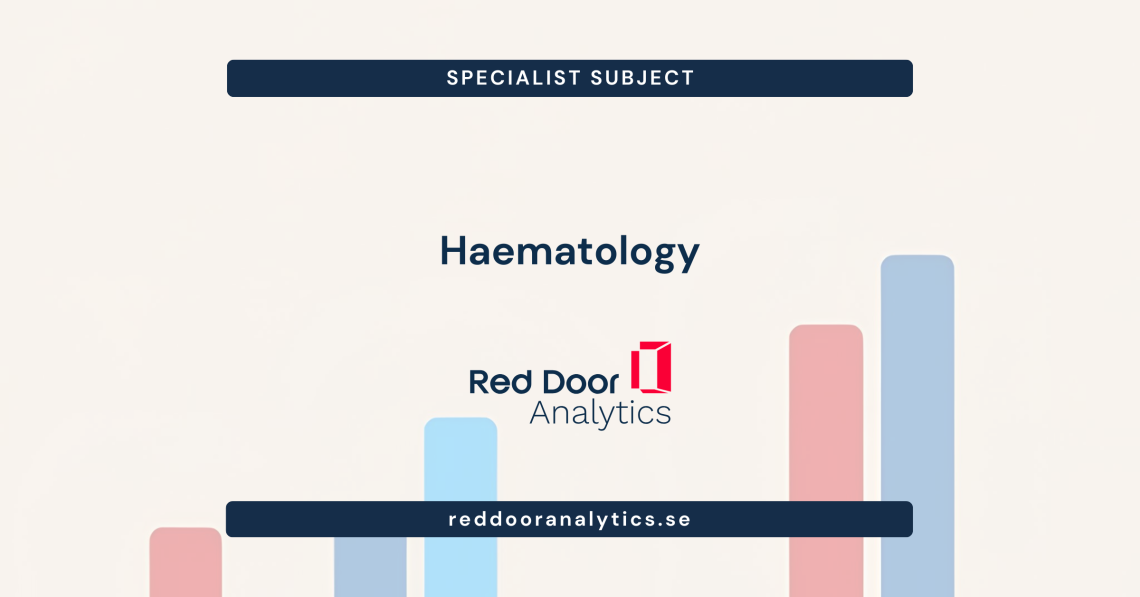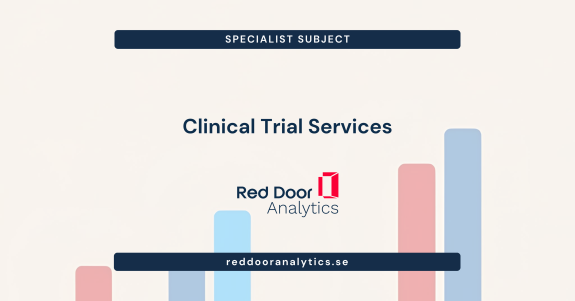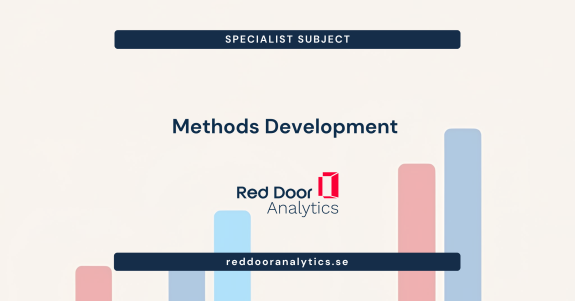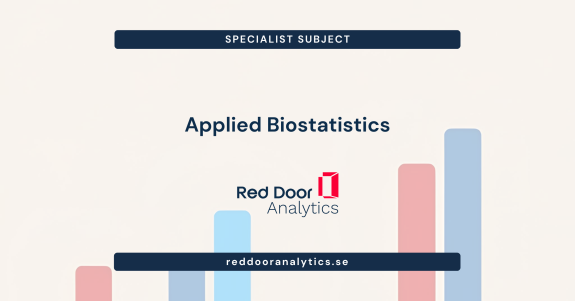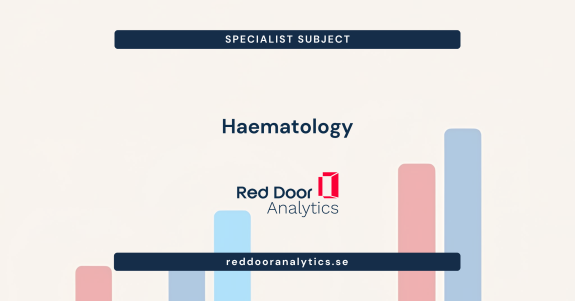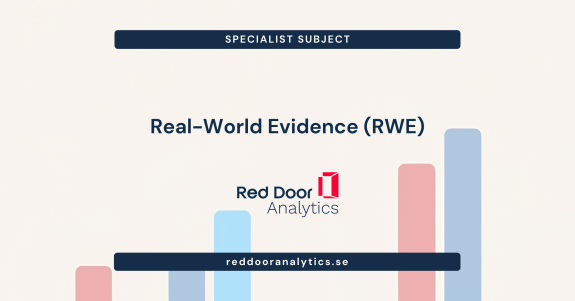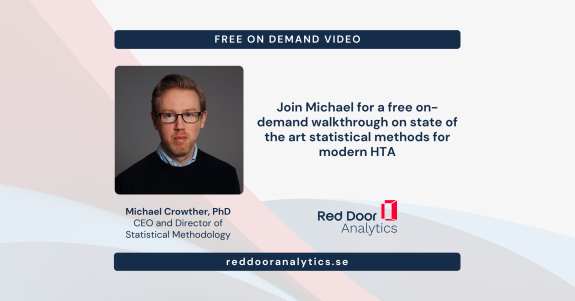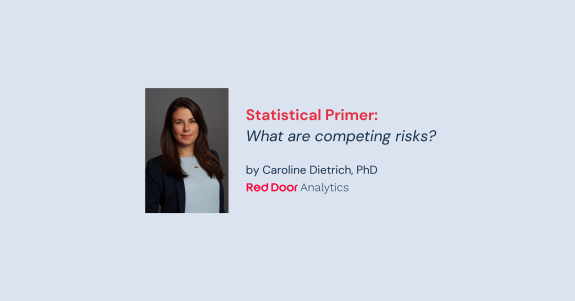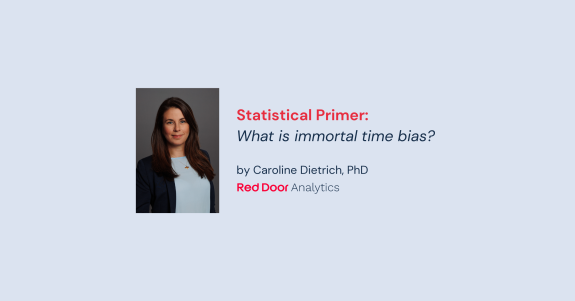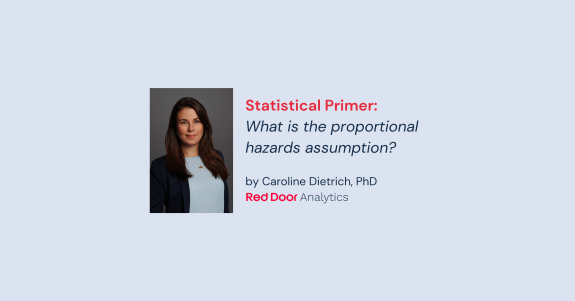Haematological malignancies
At Red Door Analytics, we have extensive experience in working with haematological malignancies, demonstrated through 18 publications in peer-reviewed journals. Our expertise spans epidemiological studies on prognosis and late effects, as well as randomised clinical trials. Based in Stockholm, we have unique experience in accessing and working with registry data from the Nordic countries. For us, delivering high-quality analyses goes hand in hand with a good understanding of the research areas we work in.
Haematological malignancies represent a diverse group of malignancies affecting the blood cells, including leukaemia, lymphomas, and myelomas. These malignancies, along with their various subtypes, exhibit significant heterogeneity in terms of prognosis, treatment, and diagnosis [1]. Some diseases, like follicular lymphoma, can have an indolent course and may not require treatment for years after diagnosis, while others, such as diffuse large B-cell lymphoma, present with aggressive progression and demand immediate treatment.
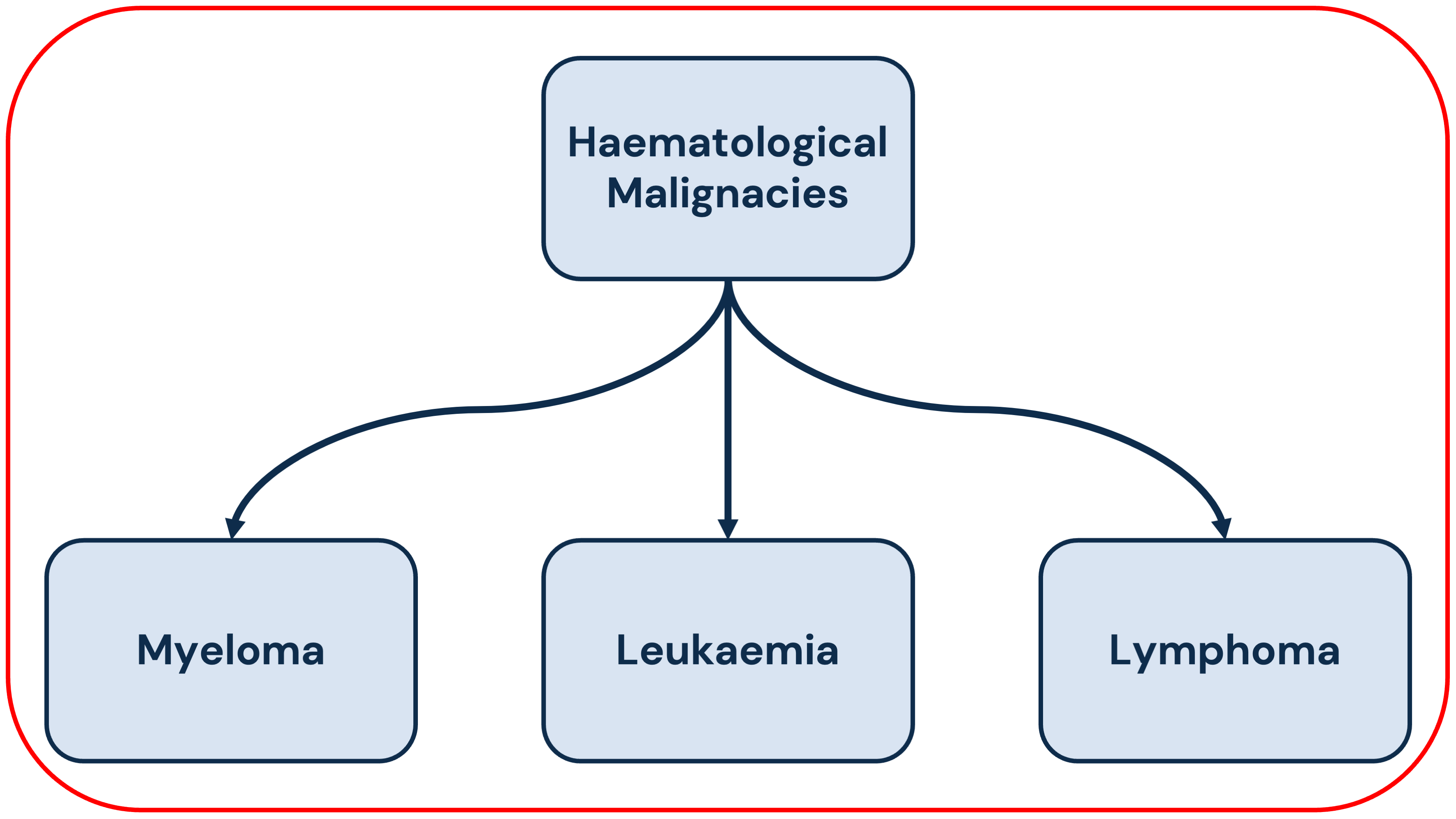
Main groups of haematological malignancies according to the WHO classifications of disease, 5th revision [1].
Haematological malignancies have been at the forefront of cancer therapy development, from the early use of chemotherapy in the 1940s to the advent of cutting-edge treatments like CAR-T cell therapy in the era of personalised medicine [2, 3]. The survival rates for some of these cancers, such as Hodgkin lymphoma, now surpass those seen in many other types of cancer [4, 5]. However, challenges remain for other haematological malignancies, like T-cell lymphomas. Notably, with five-year survival rates exceeding 95% for young Hodgkin lymphoma patients, attention is shifting toward the long-term effects of treatment [4]. The impact of these late effects on survivors’ quality of life is becoming a critical area of focus.
The Scandinavian countries provide a unique data infrastructure for studying haematological malignancies, thanks to the integration of specialized quality registers and national healthcare data. Each Scandinavian country maintains dedicated lymphoma, leukaemia, and myeloma quality registers, which comprehensively track treatment regimens and clinical patient characteristics across all treatment lines. These registers are linked to national ID numbers, enabling seamless integration with a wide range of other national health data sources, including inpatient and outpatient records, medication use, and cause of death registries. Additionally, sociodemographic information—such as income, education, and marital status—can be accessed through national registers, offering a comprehensive view of patient profiles.
Selected RDA Publications
Bower H, Björkholm M, Dickman PW, Höglund M, Lambert PC, Andersson TML. Life expectancy of patients with chronic myeloid leukemia approaches the life expectancy of the general population. Journal of Clinical Oncology 2016; 34(24): 2851-7
Bower et al. investigated in this study how advances in treatments like imatinib mesylate and other tyrosine kinase inhibitors (TKIs) have affected life expectancy and life-years lost in patients with chronic myeloid leukemia (CML). The findings revealed significant improvements in survival, especially among younger patients, with life expectancy now almost the same as that of the general population.
Rögnvaldsson S, Gasparini A, Thorsteinsdottir S, Sverrisdottir I, Eythorsson E, Einarsson Long T, Palmason R, Vidarsson B, Onundarson PT, Agnarsson BA, Sigurdardottir M, Olafsson I, Thorsteinsdottir I, Oskarsson JT, Jonsson A, Palsson R, Indriðason OS, Olafsson A, Hultcrantz M, Durie BGM, Harding S, Landgren O, Love TJ, Kristinsson SY. Monoclonal gammopathy of undetermined significance and the risk of thrombotic events: Results from iStopMM, a prospective population-based screening study. British Journal of Haematology 2024
Gasparini et al. assessed the risk of thrombosis in a cohort of 75,422 individuals over 40 years old in Iceland screened for monoclonal gammopathy of undetermined significance (MGUS), an asymptomatic precursor to multiple myeloma. In their study they found that MGUS is linked to an increased risk of venous thrombosis but not arterial thrombosis.
Entrop JP, Weibull CE, Smedby KE, Jakobsen LH, Øvlisen AK, Molin D, Glimelius I, Marklund A, Holte H, Fosså A, Smeland KB, El-Galaly TC, Eloranta S. Reproduction patterns among classical Hodgkin lymphoma survivors treated with BEACOPP and ABVD in Sweden, Denmark and Norway—A population-based matched cohort study. International Journal of Cancer 2023; 153(4): p 723-731.
Entrop et al. studied how different treatment protocols for classical Hodgkin lymphoma affect fertility, particularly childbirth rates, in survivors. The authors found that male patients treated with more intensive chemotherapy regimens, namely BEACOPP (2-4 and 6-8 cycles), had significantly lower rates of childbirth compared to those treated with ABVD. Their findings suggest that while BEACOPP is linked to reduced fertility in males, female fertility appears less affected.
Ekberg S, Crowther M, Harrysson S, Jerkeman M, Ekström Smedby K, Eloranta S. Patient trajectories after diagnosis of diffuse large B-cell lymphoma—a multistate modelling approach to estimate the chance of lasting remission. British Journal of Cancer 2022;127(9):1642-1649.
This study by Ekberg and Crowther et al. aimed to provide real-world probabilities for achieving lasting remission in patients with Diffuse Large B-cell Lymphoma (DLBCL) based on clinical characteristics, which can help with risk communication and clinical decision-making. In summary the authors found that the prognosis for DLBCL patients was favourable, while clinical subgroups had varying outcomes, and relapsing patients had limited chances of long-term remission
References
(1) WHO Classification of Tumours Editorial Board, eds. Haematolymphoid Tumours. 5th Revised Edition. World Health Organization, 2024.
(2) DeVita VT and Rosenberg SA. Two Hundred Years of Cancer Research. The New England Journal of Medicine 2012; 366(23) pp. 2207-2214.
(3) Sesques P et al. Commercial anti-CD19 CAR T cell therapy for patients with relapsed/refractory aggressive B cell lymphoma in a European center. American Journal of Hematology 2020; 95(11) pp. 1324-1333.
(4) Glimelius I et al. Long-Term Survival in Young and Middle-Aged Hodgkin Lymphoma Patients in Sweden 1992-2009-Trends in Cure Proportions by Clinical Characteristics. American Journal of Hematology 2015; 90(12) pp. 1128-1134.
(5) Borchmann P et al. Assessing the efficacy and tolerability of PET-guided BrECADD versus eBEACOPP in advanced-stage, classical Hodgkin lymphoma (HD21): a randomised, multicentre, parallel, open-label, phase 3 trial. The Lancet 2024; 404(10450), pp. 341-352.

